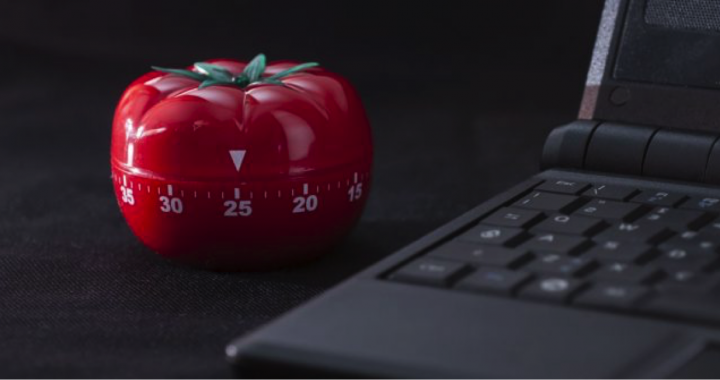Cover letters are often key when applying for a job. They let your future employers know who you are and get a glimpse of why you might be a great fit for the position. Needless to say, cover letters are a vital part of any job application and can make or break your chances of getting hired. Learning how to write a good one takes some time and effort, but once you master this skill it can help you reach your goals in the future and land your dream job.
Using the right format, length, and customizations are of course vital, but it’s also worth having a professional proofreader look at your letter to help you avoid making simple mistakes and turn your letter from good to great.
Use the Proper Format
While there’s no official way to format a cover letter, there are certain things that you can do to make your cover letter look more professional and appealing to the eye. Always keep it as concise as possible; a guide is to stick to a maximum of three paragraphs that are around three or four sentences each, but you may need to extend this depending on the situation. If you’re not sure where to start when it comes to formatting your cover letter, a good template can be found here: https://bit.ly/2ITEgnQ
Customize the Letter to the Specific Job
If you’re applying to multiple jobs at once or you’re on a job hunt, never write a generic cover letter that could be used for any job on the market. While it’s a good idea to have a base template that you can customize for each job, every letter you write should be specific to the position you’re applying to. The more specific a cover letter, the better. Take time to do some research on the company, the person you’re addressing the letter to, and the position you want so you can tailor your cover letter accordingly.
Don’t Rehash Your Resume
One of the biggest mistakes people make when writing a cover letter is to summarize the information that is already on their resume. Your cover letter is a space for you to show your talents, your likeability, how good you are with language and writing, and your attention to detail. Think of your cover letter as a place to write about things that your resume can’t convey.
Be Authentic
Using a conversational tone in your cover letter is a good way to show your authentic self and personality without coming across as too formal or robotic. That being said, you still want to uphold the standard rules of grammar and language in your writing and avoid things like overused clichés or aphorisms. Show why you’re excited about the job, what led you to apply to this position, why you’d be a good fit, and how likable you are as a person.
Edit, Edit, Edit
Setting your cover letter aside for a few days and coming back to it with fresh eyes is a great way to make sure you’re getting across what you want to say, but getting someone else to look at your letter is also imperative to check for things like typos and confusing wording, and to provide additional suggestions. Your cover letter provides the hiring party with the first impression about you, and is your ticket to an in-person interview, so getting it right can make a world of difference to whether you’re considered for the position.


